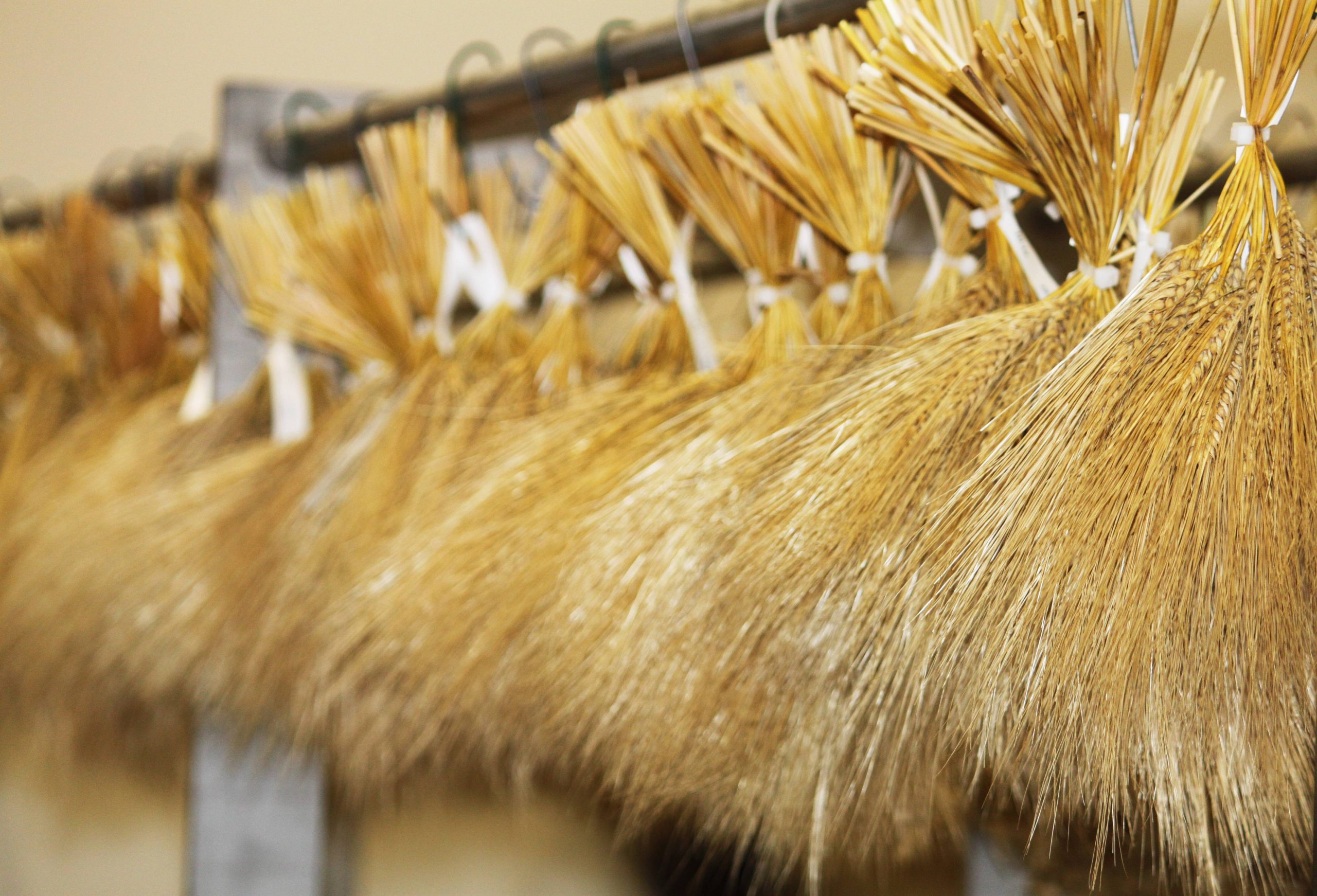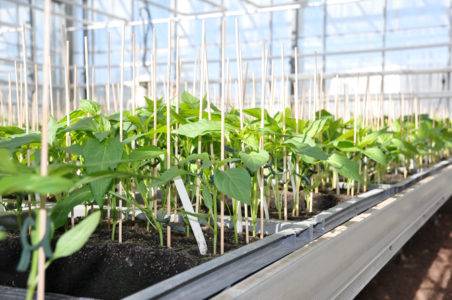What is a variety?
What is a variety?
In the ranking of the plant kingdom, plants are most often known for their species. This rank is important because it characterises a group of plants that can reproduce only between themselves. Variety is a taxonomic rank below that of species. In agriculture, a variety corresponds to a population of plants of a given species that has been selected and cultivated, often for millennia, in order to produce characteristics which meet man’s needs. During the 20th century, variety homogeneity and stability were favoured to guarantee the identity of the variety, homogenise cultures and facilitate the work of users and producers by ensuring productions of regular quality.
| Liste | Définitions | Nb de variétés au 30/06/2017 |
| A | Variétés dont les semences peuvent être multipliées et commercialisées en France et par extension en UE
| 2935 soit 80% |
| B | Variétés dont les semences peuvent être multipliées en France en vue de leur exportation hors de l’UE
| 681 soit 19% |
| C | Variétés de conservation cultivées traditionnellement dans des régions spécifiques et menacées d’érosion génétique (DHS allégée).
| 11 dont 10 variétés de pomme de terre et 1 mais (population Lacaune) |
| P | Parents d’hybride pour les céréales à paille | 7 |
| V | Associations variétales dont les semences peuvent être multipliées et commercialisées en France, et par extension en UE
| 2 variétés de colza |
Pour répondre aux besoins de certains utilisateurs, il existe en plus du catalogue officiel, la liste des Variétés à Usage Industriels Réservés :
| Liste | Définitions | |
| I | Liste I ou liste VUIR, Variétés à Usages Industriels Réservés (arrêté du 30 août 1994)
|
| Liste | Définitions | Nb de variétés au 30/06/2017 |
| A | Variétés dont les semences peuvent être multipliées et commercialisées en France et par extension en UE
| 2935 soit 80% |
| B | Variétés dont les semences peuvent être multipliées en France en vue de leur exportation hors de l’UE
| 681 soit 19% |
| C | Variétés de conservation cultivées traditionnellement dans des régions spécifiques et menacées d’érosion génétique (DHS allégée).
| 11 dont 10 variétés de pomme de terre et 1 mais (population Lacaune) |
| P | Parents d’hybride pour les céréales à paille | 7 |
| V | Associations variétales dont les semences peuvent être multipliées et commercialisées en France, et par extension en UE
| 2 variétés de colza |
Pour répondre aux besoins de certains utilisateurs, il existe en plus du catalogue officiel, la liste des Variétés à Usage Industriels Réservés :
| Liste | Définitions | |
| I | Liste I ou liste VUIR, Variétés à Usages Industriels Réservés (arrêté du 30 août 1994)
|
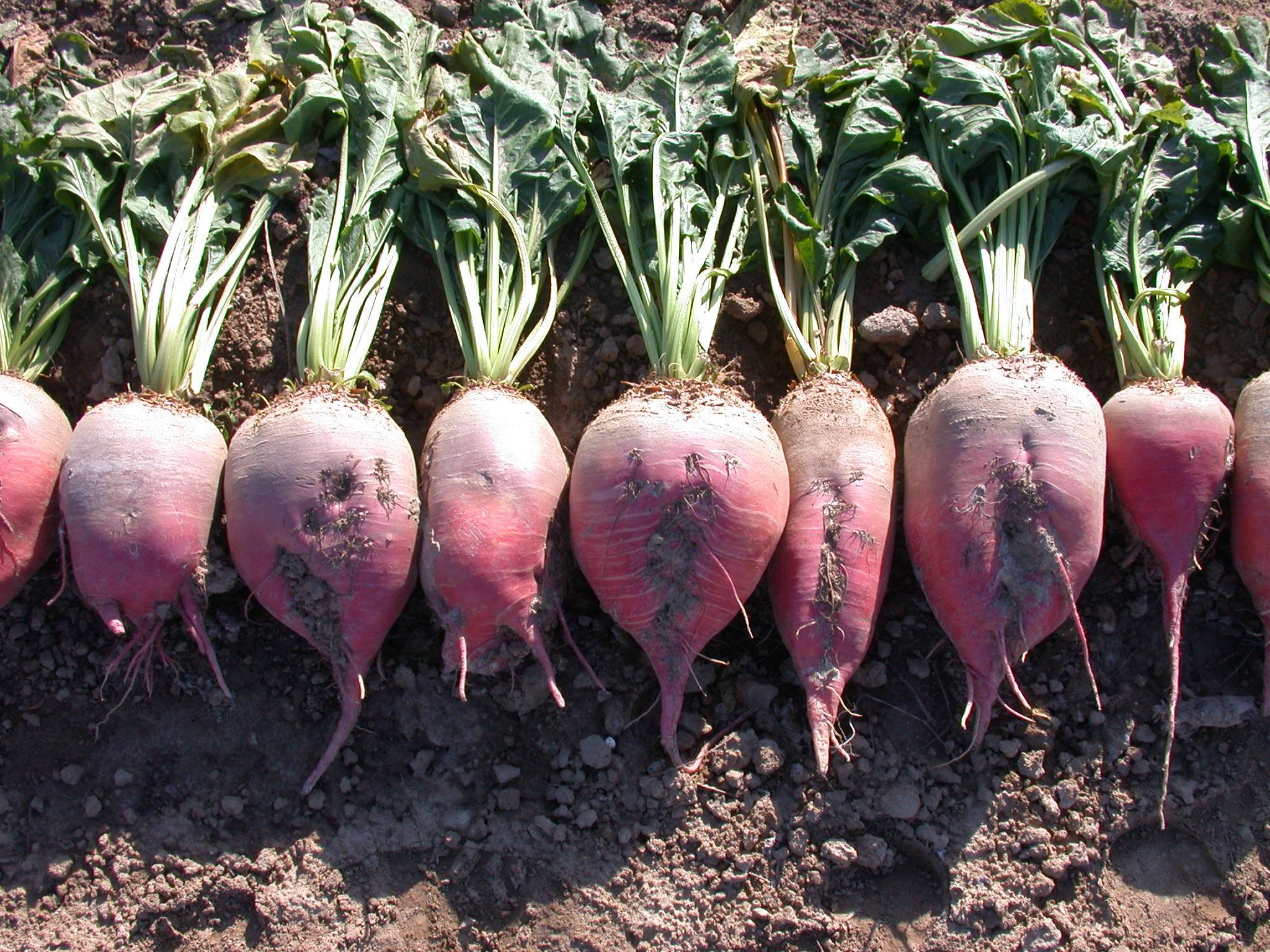
The Convention of the International Union for the Protection of New Varieties of Plants (UPOV) defines a variety as: “a plant grouping within a single botanical taxon of the lowest known rank, which grouping, irrespective of whether the conditions for the grant of a breeder’s right are fully met, can be defined by the expression of the characteristics resulting from a given genotype or combination of genotypes, distinguished from any other plant grouping by the expression of at least one of the said characteristics and considered as a unit with regard to its suitability for being propagated unchanged”
Varieties have different genetic structures which are more or less homogeneous, depending on the reproductive mode of the species (self-pollination, cross-pollination, vegetative propagation), the breeding method and heterosis effect (if there is a high heterosis effect, hybrids or synthetic plants are favoured). These structures have also evolved over the past 100 years, particularly with the development of hybrids.
The life of a variety
The life of a variety begins with the breeder who obtains a variety by creating new genetic combinations. This is done by combining plants of interest from elite varieties, parental lines or even by looking for original genes in genetic resources and crossing plants. This phase lasts on average 10 years, depending on the species and the techniques used.
For species where registration in the Catalogue is mandatory, the breeder applies for registration. Registration tests are generally conducted over 2 years (tests and decision rules are presented by species).
It is during this period that economic organisations – the future distributors of varieties – first start to assess varieties and position themselves if there are interesting innovations for their market. The characteristics of varieties described at the time of registration are defined and supplemented by technical institutes and users of the productions (millers, sugar mills, etc.) so that varieties can be used in the best conditions. In order to be grown in cultivation, the product must be maintained, and the seeds produced.
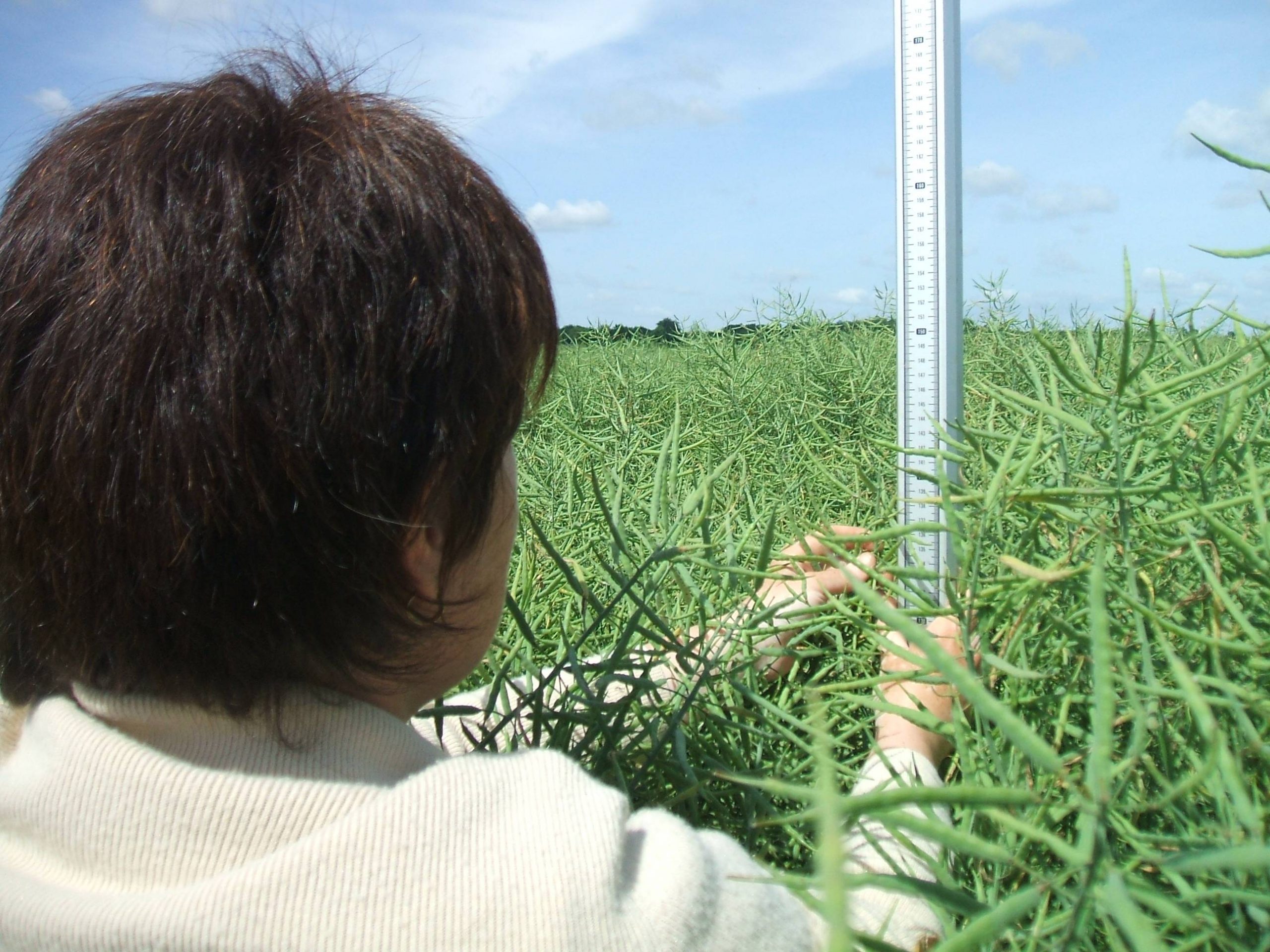
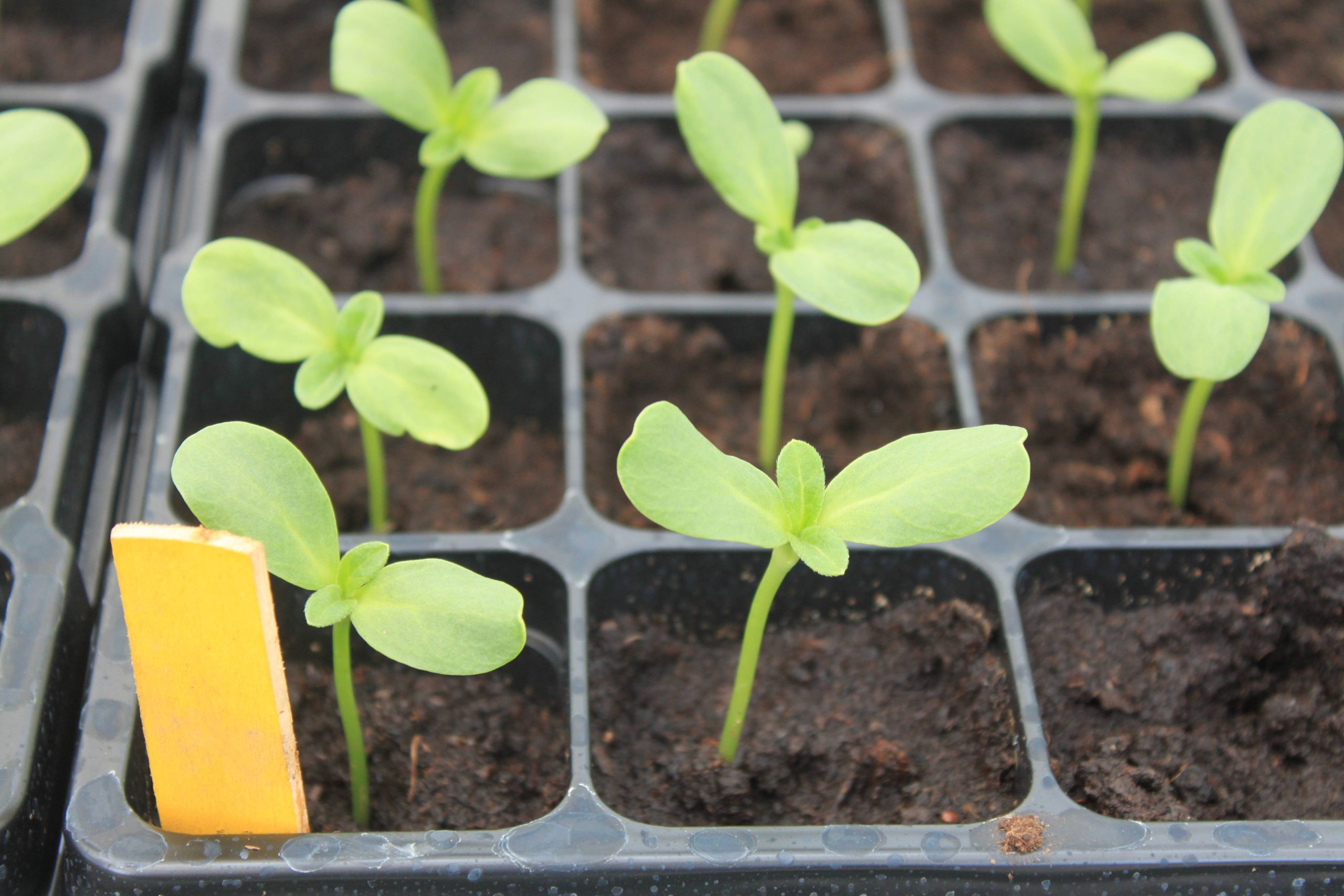
A variety’s maintainer is the natural or legal person who is responsible for maintaining the living plant material (seeds or seedlings). This material is used to reproduce the variety in accordance with its identity as established at the time of registration.
The commercial production of seeds and seedlings is carried out by farmers and professional establishments. They are in charge of multiplying and packaging the product before it is put on the market.
The lifespan of a variety in cultivation is very variable, depending on the species and the interest of the variety.
For field crops, the average age for a variety on List A is 6-7 years for corn and almost 20 years for a potato. The Bintje and Belle de Fontenay potato varieties have been listed in the French catalogue since 1935. For soft wheat, the two oldest varieties listed in List A are Courtot (1974) and Camp Rémy (1980), two varieties which are still sought by millers.
When the variety is removed from the French and EU catalogues, it may be introduced into genetic resources conservation networks or, in the case of vegetables, be proposed for registration on the list of varieties “without intrinsic value and for personal use”. This re-registration requires the identification of one or more maintainers for these so-called “old” varieties.
Today the various stages, varietal creation, maintenance, production and marketing of seeds and seedlings, production and processing of harvesting products are carried out by specialised economic actors. Each of these actors looks for information on the variety’s characteristics and accumulates variety data. A variety is evaluated throughout its life. At present, the profession seeks to strengthen the continuum of this evaluation by capitalising the knowledge acquired.
